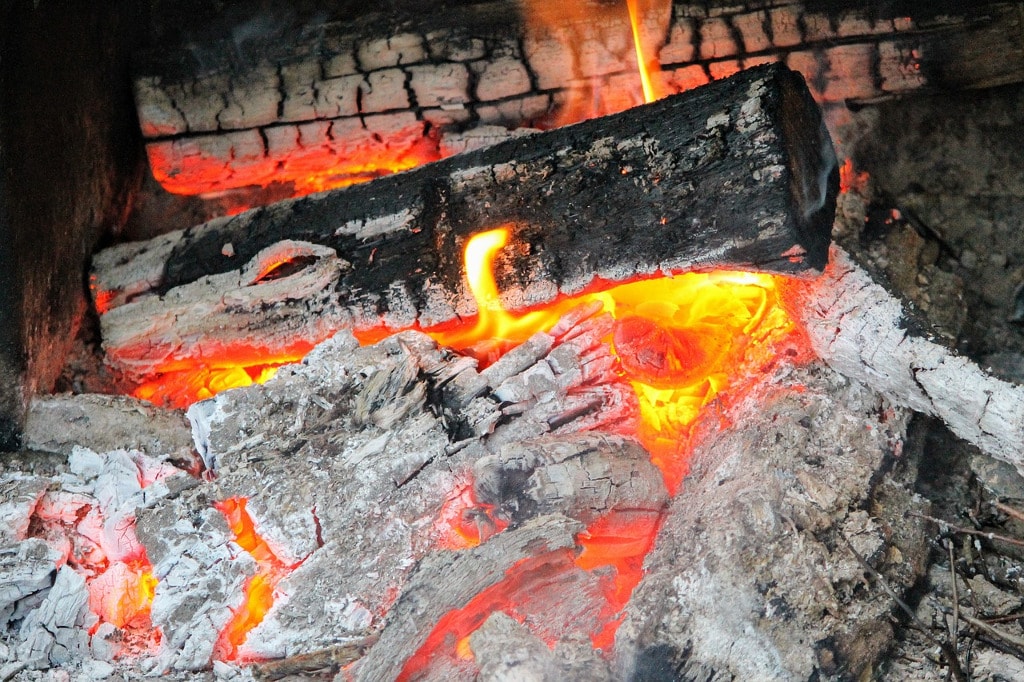ZIMSEC O Level Combined Science Notes: The oxidation process
- Oxygen can be added to a substance/compound/element
- For example carbon may be burnt into the air to form carbon dioxide
- This process is known as oxidation
- Oxidation is the process by which a substance/compound/element combines with oxygen in a chemical reaction
- Oxidation is also used to refer to a process in which hydrogen is removed
- Oxidation can occur when elements are burnt in air
- For example elements such as carbon, sulpher and magnesium as well as a lot others can be burnt into the air
- They then form compounds with oxygen
- Examples of these reactions are:
- \text{carbon+oxygen}\rightarrow\text{carbon dioxide}
- \text{sulpher+oxygen}\rightarrow\text{sulpher dioxide}
- \text{magnesium+oxygen}\rightarrow\text{magnesium dioxide}
- In each of these instances oxygen is added to the element
- Each of these elements is oxidised
- In each of the above cases oxygen is the oxidising agent
- The oxidising agent is the substance that supplies the oxygen
- Some metals react with water and/or steam to form an oxide
- Water is the oxidising agent in these instances
- For example:
- \text{calcium+water}\rightarrow \text{calcium oxide+hydrogen}
- \text{magnesium+water(steam)}\rightarrow\text{magnesium oxide+hydrogen}
- Oxidation is also used to refer to a reaction in which hydrogen is removed
- In the above reaction examples the oxidising agent removes (displaces) hydrogen
To access more topics go to the Combined Science Notes page.







